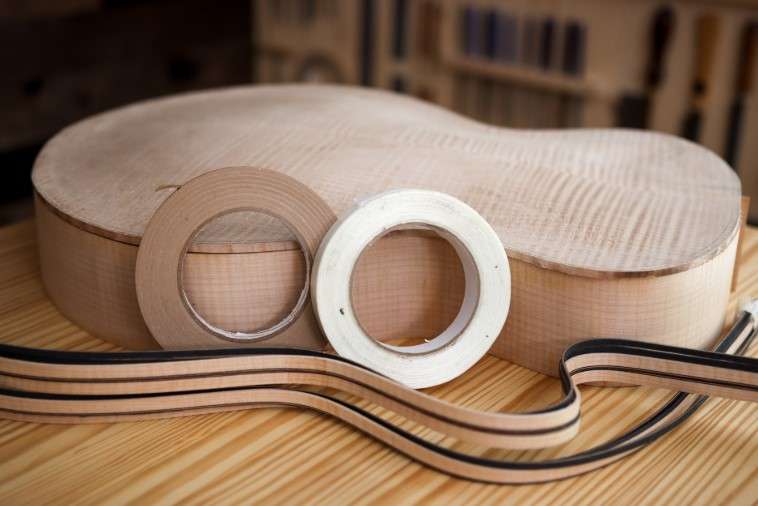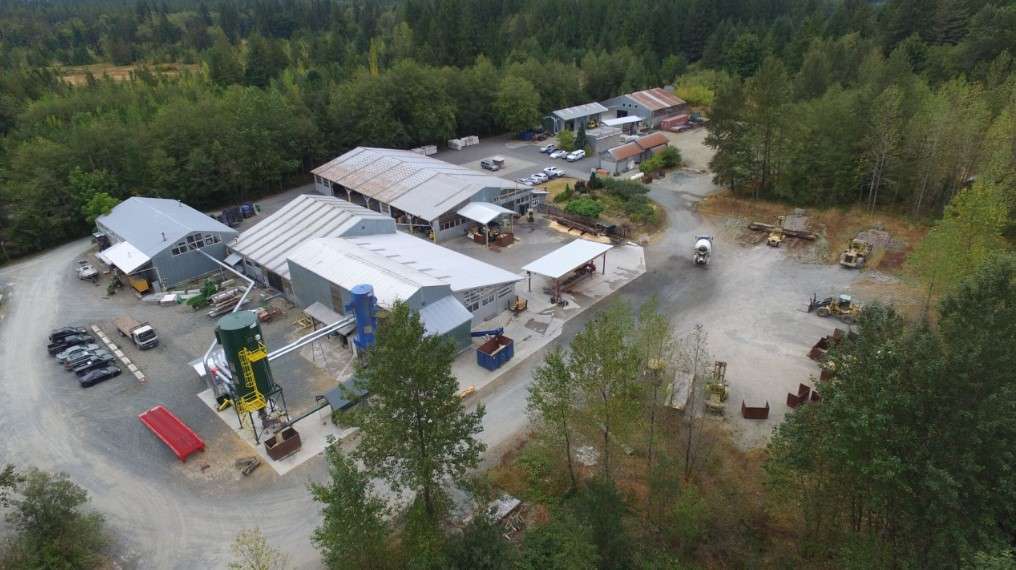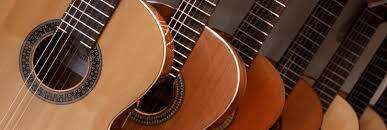Crisp Lines: The Classic Charm of Maple Binding
#plain_koa_binding
#figured_koa_binding
#maple_binding
#rosewood_guitar_binding
In the art of guitar building, few details define the final look of an instrument quite like its binding. Binding is more than just a protective trim — it’s a frame for the guitar’s curves, a statement of craftsmanship, and a subtle nod to tradition or innovation. Among the many options available to luthiers and custom builders, maple binding holds a special place for its timeless, clean character and ability to make a guitar stand out with understated elegance.
So, what makes maple binding so beloved? For starters, maple’s naturally light, creamy hue contrasts beautifully with darker tonewoods. When you choose maple guitar binding, you’re adding a crisp outline that accentuates the body shape, creating a sense of definition and precision. It’s like tracing the silhouette of the guitar in light — a subtle yet powerful design choice that never feels overdone. Visit us at:- https://pacificrimtonewoods.co....m/collections/bindin
Beyond looks, maple is prized for its fine, tight grain. This tight grain makes maple guitar binding smooth to work with, resulting in clean lines and edges that polish beautifully. Whether you’re building a classic dreadnought, a sleek OM, or a bold archtop, maple binding adapts seamlessly, adding a touch of vintage Americana or modern flair, depending on the guitar’s overall design.
One reason builders love maple binding is its versatility. It pairs effortlessly with a wide range of woods. On dark backs and sides — like rosewood, walnut, or ebony — maple binding delivers striking contrast. On lighter woods like spruce or figured maple tops, it maintains a softer, cohesive look that’s equally appealing. For players and collectors who appreciate that “old school” vibe, it evokes images of vintage American acoustics and archtops from the golden era of guitar making.
Of course, while maple is popular for its bright, clean lines, it’s not the only choice for stunning binding work. Many luthiers pair maple with complementary woods like rosewood binding, which brings a warm, chocolatey tone to the guitar’s edges. Rosewood binding is a favorite for its deep, rich color and subtle grain, which can add an earthy elegance that contrasts beautifully with maple tops or sides. Together, maple and rosewood can create a balanced blend of light and dark — a visual harmony that reflects the care and thought that goes into every custom build. https://maps.app.goo.gl/jF8pJPYcRQVCe9LP9
More than anything, choosing maple binding shows an appreciation for detail and craftsmanship. It’s the final touch that frames the guitar like a work of art, protects the vulnerable edges from bumps and chips, and gives the instrument a look that will age gracefully over decades of playing. Whether you’re a builder looking to craft your next masterpiece or a player dreaming of your perfect custom acoustic, maple guitar binding is a reminder that sometimes, the simplest touches carry the most timeless charm.
In the end, binding may be just a thin strip of wood — but when you run your hand along that smooth edge and see how the lines draw the whole instrument together, you’ll understand why maple has been the trusted choice for generations.











